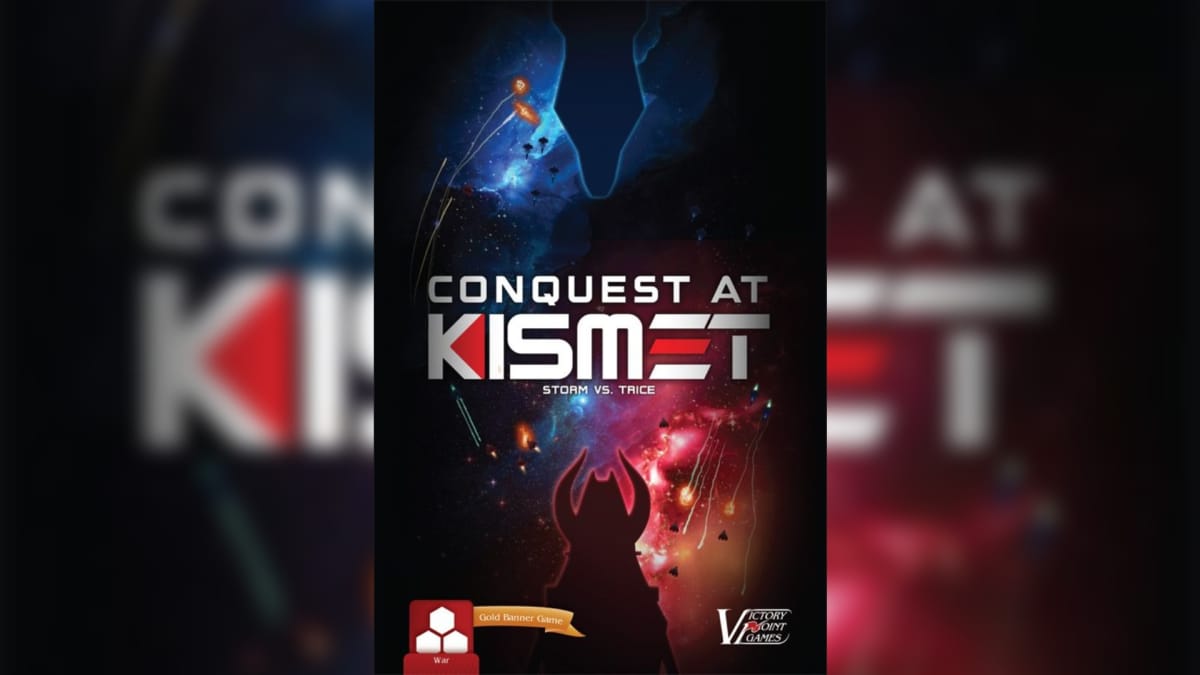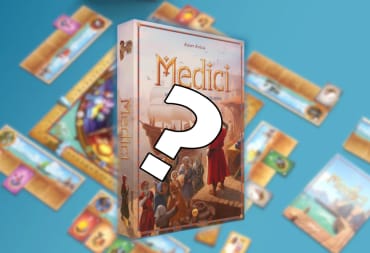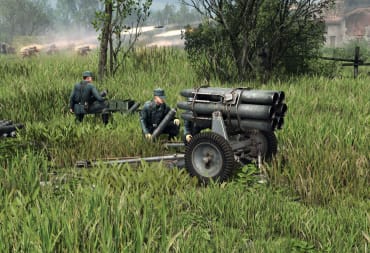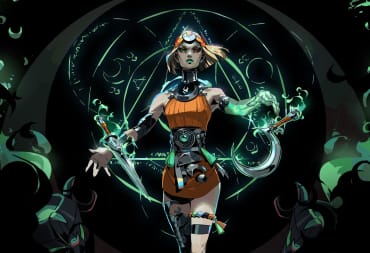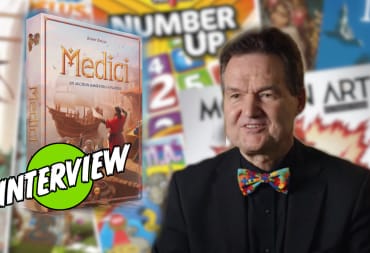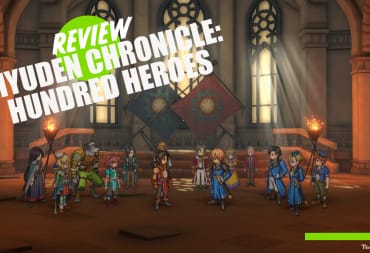Check out our Conquest at Kismet review if you want to learn more about this interstellar sci-fi tabletop adventure.
Conquest at Kismet Review - Asymmetry
Conquest At Kismet: Storm vs Trice is a head-to-head asymmetrical card game with a sci-fi theme. As you can probably guess from the title, one player controls Storm, the other, Trice. The theme is light, with artwork that manages to convey the sci-fi setting, but not much more. It'd be easy to glance at Conquest At Kismet and pass on it, thinking that it doesn't have anything to offer that you haven't seen before. Play just one game of Conquest At Kismet, and you'll find it manages to set itself apart from similar games.
The gameplay is simple enough in Conquest At Kismet. Players take turns attacking each other's motherships until one gets destroyed. Storm and Trice both have unique abilities, but they are both incredibly straightforward. Each faction has its own deck—a mix of similar cards (often having the same effect, but a faction-specific name), as well as cards with unique effects to further differentiate the factions. This allows for both factions to play differently (Storm tends to use swarm tactics, while Trice has a more direct control over combat outcomes), without causing balance issues or making the learning curve too steep.
Cards come in 3 different varieties: Support, Abilities, and Combat. Support cards are add-ons to your mothership. Once in play, you can use their effects when appropriate. Abilities are one-off special effects, and Combat cards are how you'll deal your biggest damage. Powerful Support cards can have a cooldown that lasts several turns, and the way Conquest At Kismet tracks is brilliant in its simplicity.
These cards will have an arrow on one side of the card with a number denoting how many turns the cooldown will last. When you use that effect, point the arrow at your opponent, and each turn rotate the card clockwise 90 degrees. Once the card is facing you again, the effect can be used again. It's essentially just tapping, like you've seen a million times before, but with an intuitive method that allows a card to stay tapped for two or three turns.
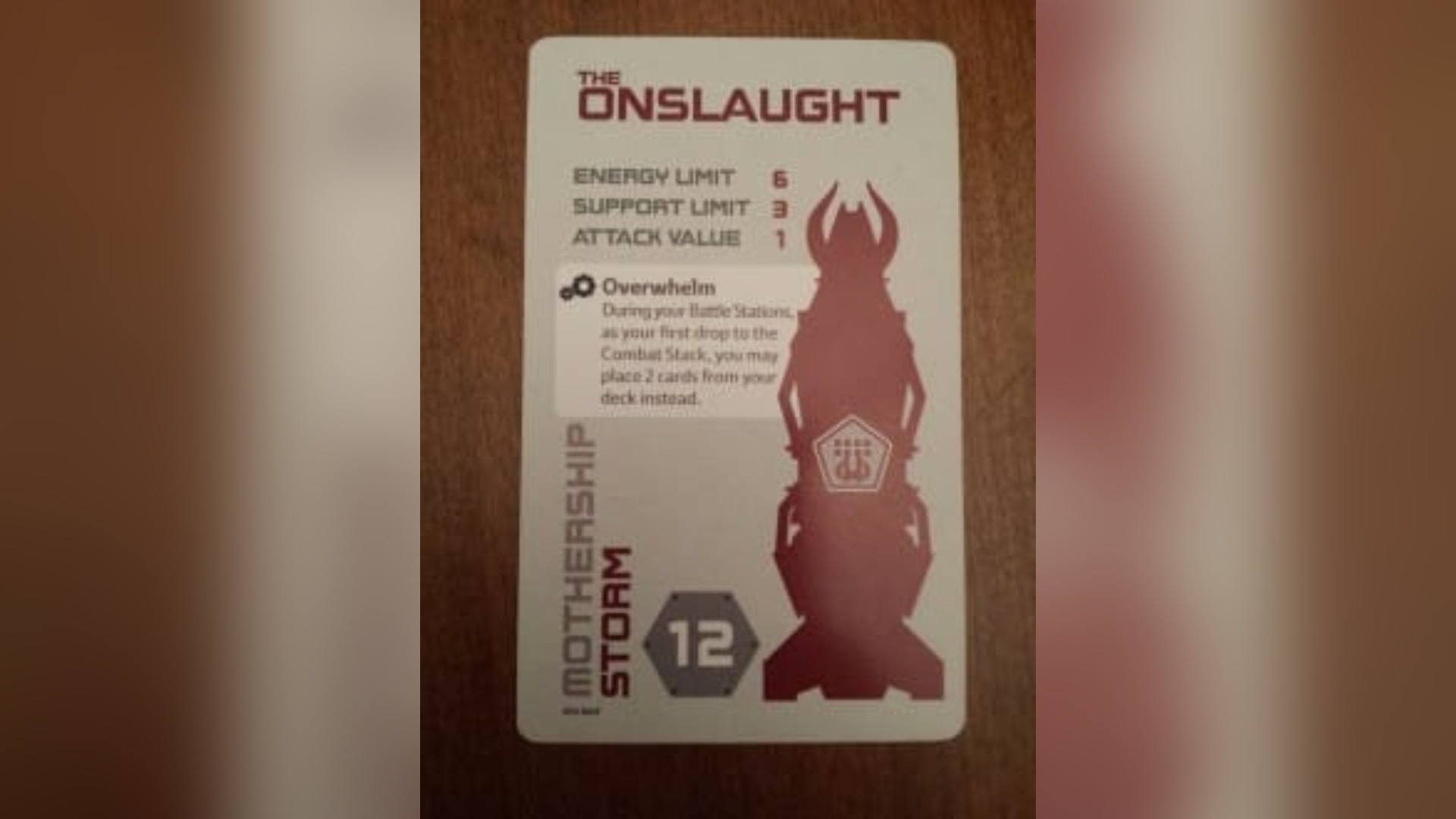
The truly unique aspect of Conquest At Kismet, what really sets it apart from other card games, is the lottery system used for combat resolution. I certainly can't think of another game that's used a similar system. The way it works is during a combat phase, players take turns adding cards face down to the "combat stack." Once a player passes, their opponent can continue adding cards.
Afterward, the defender shuffles the combat stack and spreads the cards out in front of the attacker. The attacker picks just one card, and that determines the result of combat, the remaining cards get discarded. If the card drawn belongs to the attacker, and, the attacker successfully damages the defender's mothership (or a support, if he had chosen to target a support instead), it may also have an extra effect that occurs as well. If the card belongs to the defender, the attack fails and if the card has a defender effect, that will trigger as well.
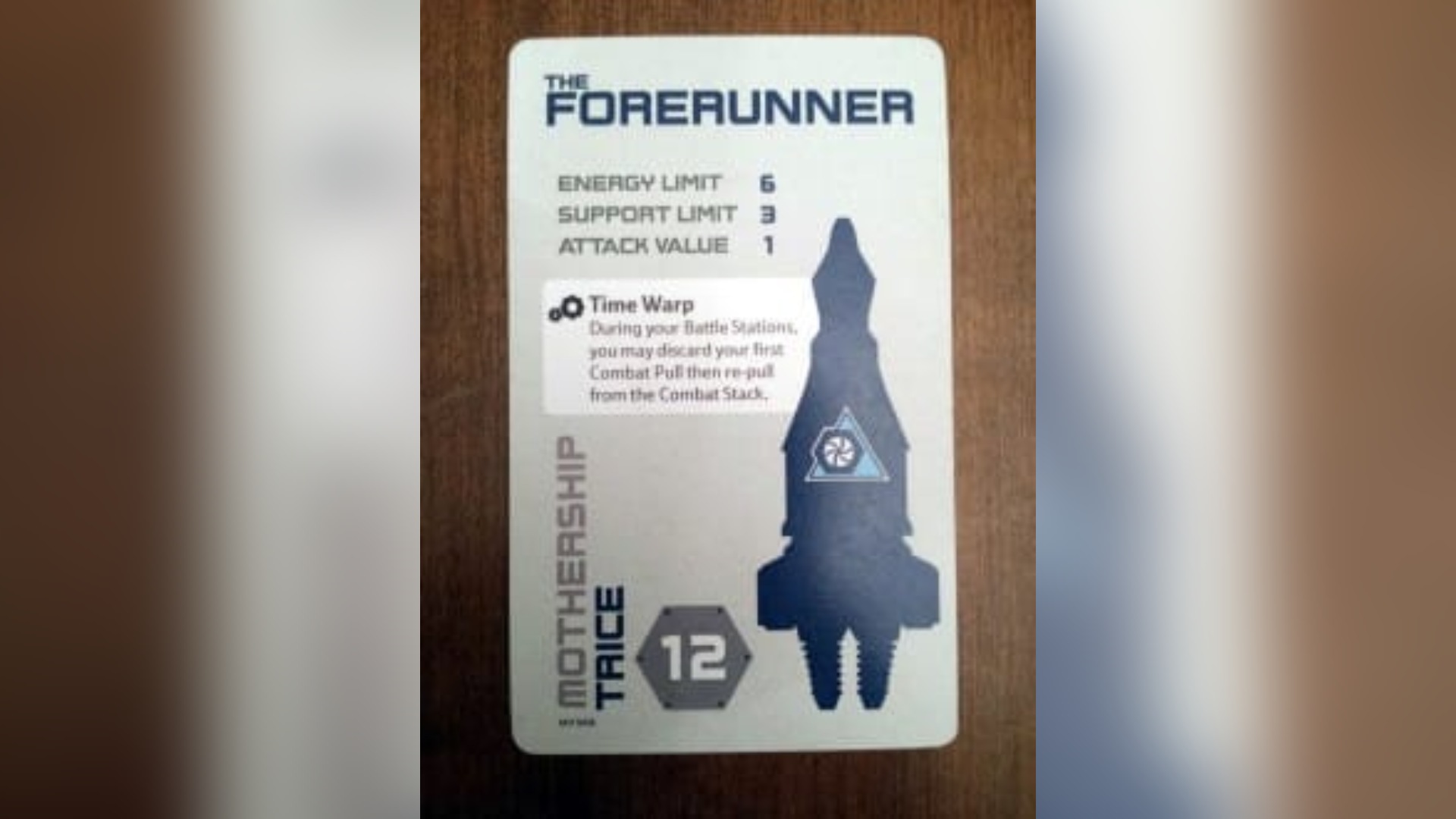
The lottery system is really the meat of Conquest At Kismet, so every other aspect of the game is designed to support that. Want to flood the combat stack with cards, ensuring that you'll at least do some damage when you attack? Great, but since you refill your hand at the beginning of your turn, you may find yourself defenseless on your opponent's turn.
Do you have a handful of cards you want to dump while you're defending? Dump them into the combat stack! Even the unique abilities of the two factions (along with the effects on several of their Support and Ability cards) are centered around the lottery and combat stack. Storm can flood the combat stack with cards while attacking, while Trice can draw a second card if they didn't like the first.
Really, my only gripe with Conquest At Kismet is that there isn't more of it. A head-to-head asymmetrical game with only two factions? That might work in a complex wargame, but for a simple card game, it isn't enough. Between the subtitle, the fact that this copy is listed as the "Boxed Edition," and that some of the tokens are explained as "for use in a future expansion," it's clear that there's more coming. That doesn't mean that you won't get bored of repeatedly fighting the same battle until expansions start dropping, though.
The Bottom Line
Speaking purely from a gameplay standpoint, Conquest At Kismet: Storm vs Trice is great. Easy to learn, but still fun and occasionally challenging. Sadly, it is crying out for an expansion to add some variety.
Get this game if
You want a game with a unique combat system.
You want a head-to-head game that isn't a brain-burner but isn't overly simple either.
Avoid this game if
You would quickly get bored of having only two factions.
The copy of Conquest At Kismet used in this review was supplied by the publisher.
Review Summary
Have a tip, or want to point out something we missed? Leave a Comment or e-mail us at tips@techraptor.net
